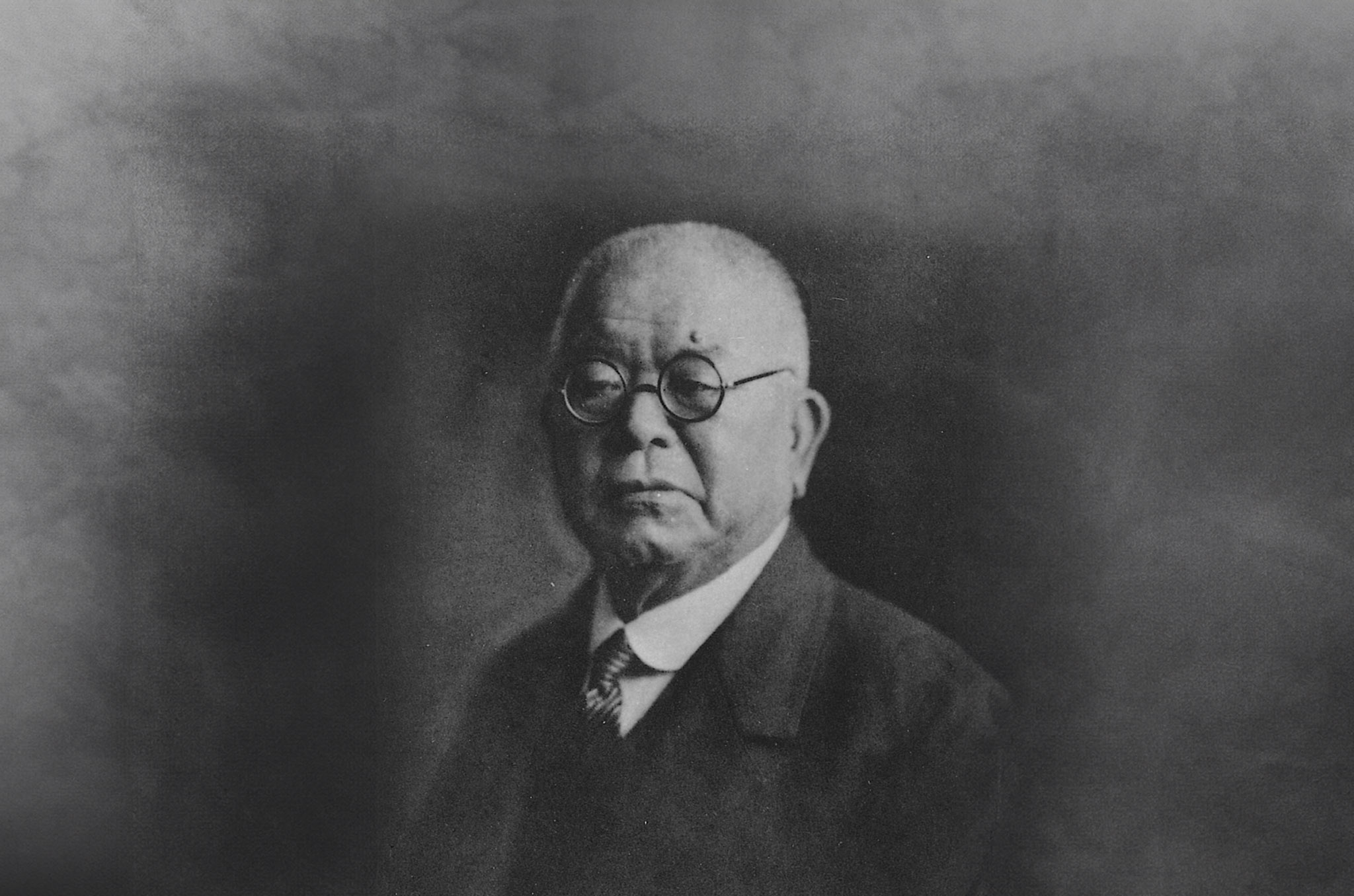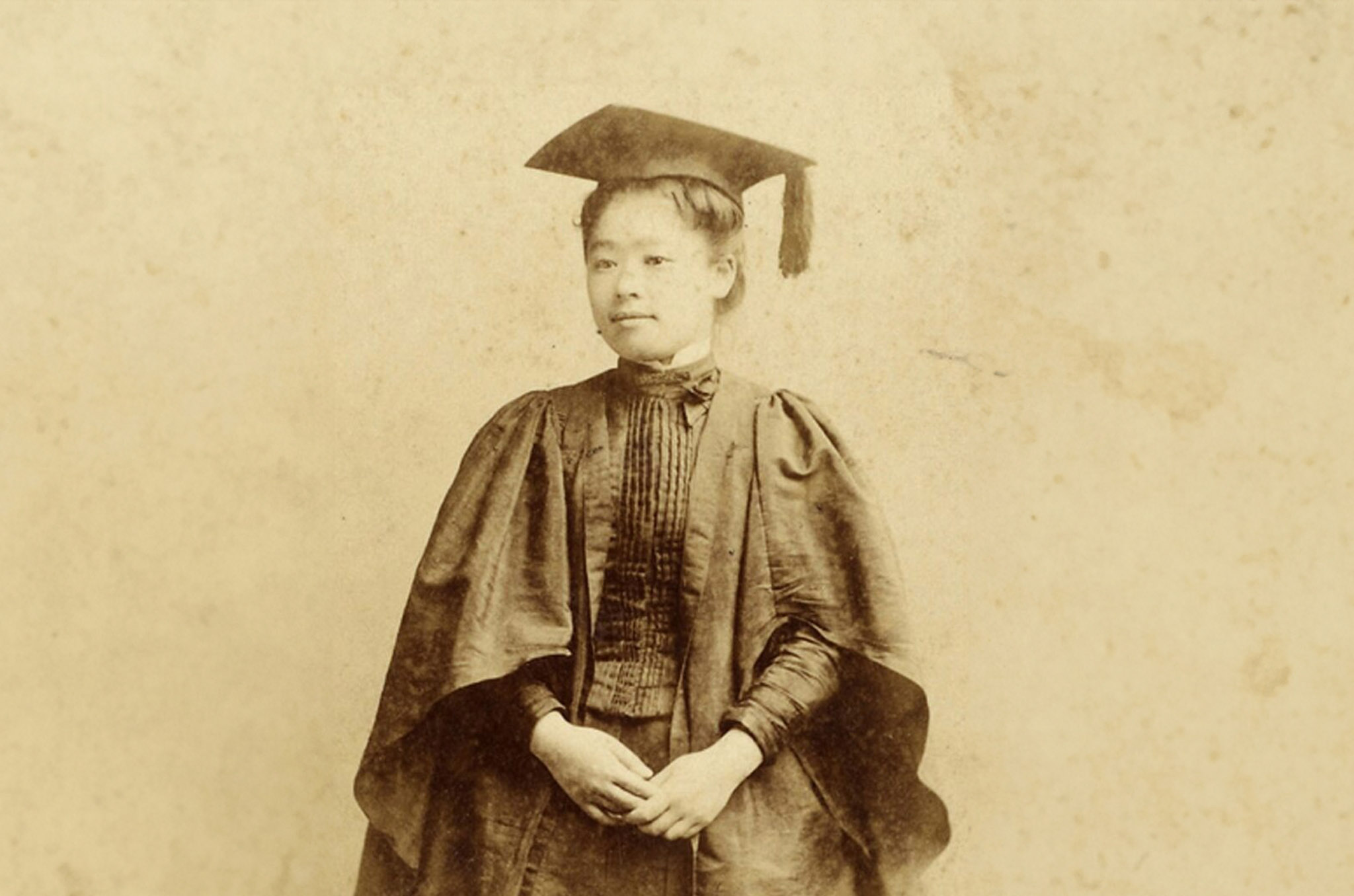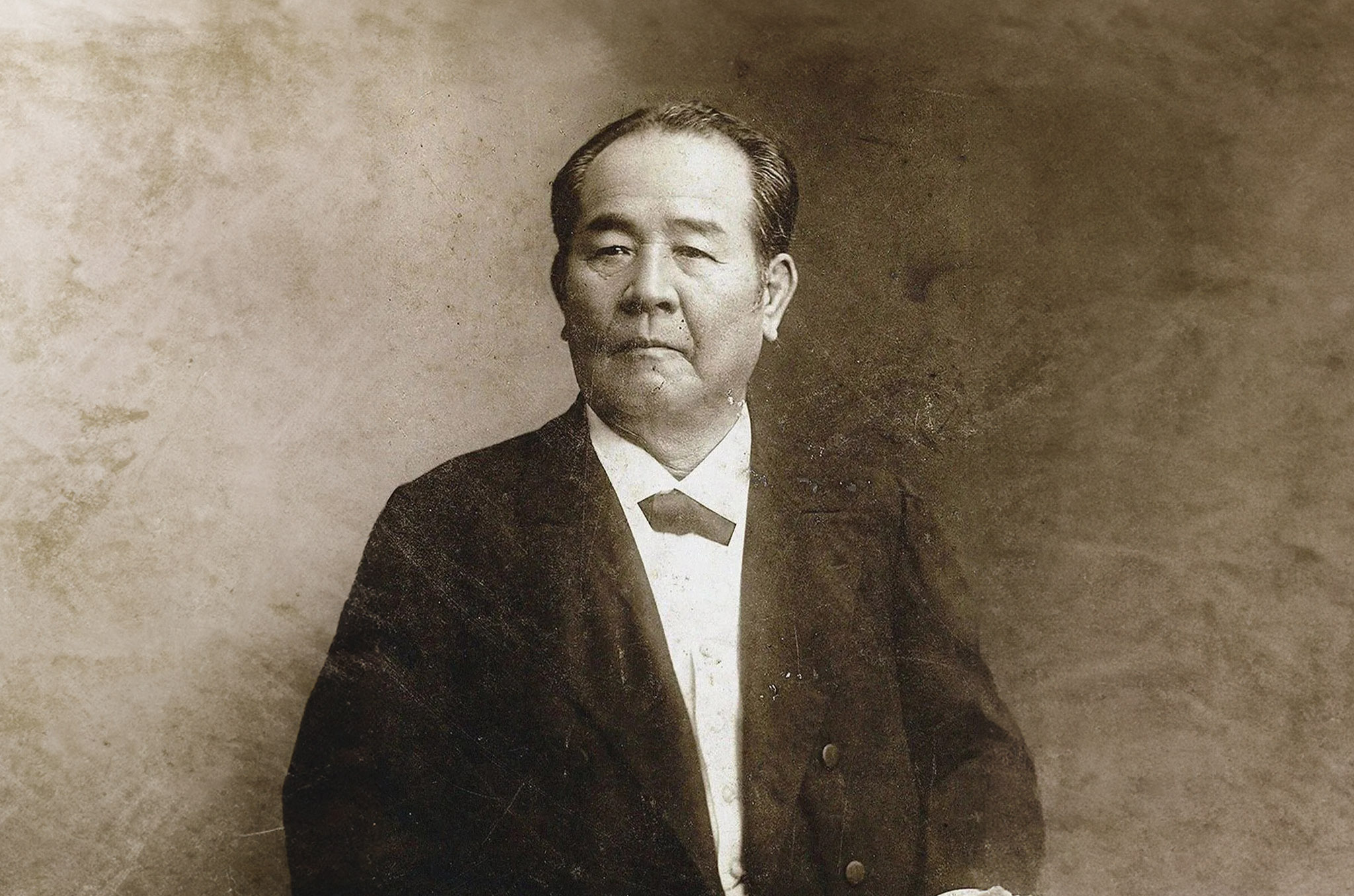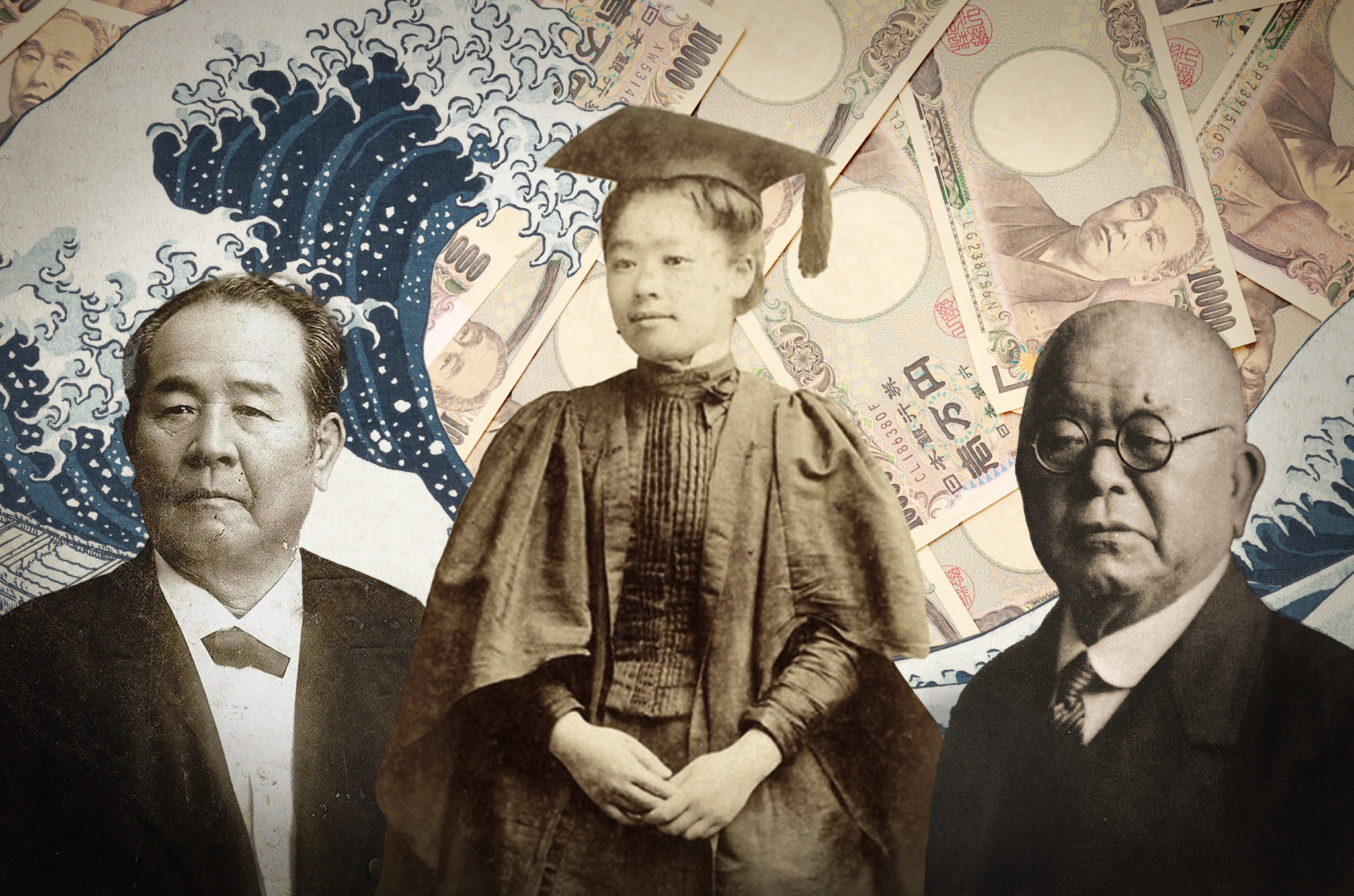For the first time since 2004, Japan today introduced new banknotes, though current bills will remain usable. In what is a world first, the new designs feature three-dimensional holograms that make the portraits on the bills appear to rotate when tilted left or right. This is one of several measures to combat counterfeiting. Additionally, Japan’s new banknotes have tactile marks, making it easier for visually impaired people to identify the different denominations. There is also new imagery on both sides of the notes.
The reverse side of the ¥1,000 bill shows Katsushika Hokusai’s iconic “The Great Wave off Kanagawa” artwork. The ¥5,000 bill, meanwhile, features wisteria flowers and the ¥10,000 bill shows the Tokyo Station building. The faces on the front of the bills have also changed. Shibasaburo Kitasato (¥1,000), Umeko Tsuda (¥5,000) and Eiichi Shibusawa (¥10,000) have replaced Hideyo Noguchi, Ichiyo Higuchi and Yukichi Fukuzawa respectively. So, who are these revered figures that have been chosen to be the faces of Japan’s new banknotes? For our latest Spotlight article, we’re taking a closer look at the wide-ranging accomplishments of the three individuals.

Japan’s New Banknotes: ¥1,000 Shibasaburo Kitasato
A physician and bacteriologist, Shibasaburo Kitasato was credited as the codiscoverer of the infectious agent of the bubonic plague during an outbreak in Hong Kong 130 years ago. Swiss-born French scientist Alexandre Emile Jean Yersin, working separately, found the same organism a few days later. For a long time, there was controversy surrounding Kitasato’s discovery. This was due to the results from his lab being “vague and contradictory.” However, a retro analysis carried out in 1976, revealed that there’s “little doubt that Kitasato did isolate, study, and reasonably characterize the plague bacillus,” and he should therefore not be denied due credit.
Born in Okuni village, Higo Province, (present-day Oguni Town in Kumamoto Prefecture) in 1853, Kitasato studied in Kumamoto and Tokyo before learning from Robert Koch, one of the founders of bacteriology, at the University of Berlin. The Japanese man became known for his achievements in the field of preventive medicine, particularly immunology. He was the first person to cultivate a pure tetanus bacillus culture in 1889. A year later, he used this pure culture to help Emil von Behring develop a serum therapy for tetanus.
Around that time, the Home Ministry was instigating plans to build a national institute of infectious diseases in Japan. It was eventually established in 1892, with Kitasato as the founding dean. He was assisted by Yukichi Fukuzawa — the Keio University founder and the current face of the ¥10,000 banknote. When the institute was incorporated into Tokyo Imperial University in 1914, Kitasato quit and established his own institute, which he ran for the rest of his life. It was the forerunner to Kitasato University, founded in 1962. He was also the first dean of the Keio University School of Medicine and the first president of the Japan Medical Association.

Japan’s New Banknotes: ¥5,000 Umeko Tsuda
A pioneer in the field of women’s education, Umeko Tsuda was one of the first Japanese females to study abroad. Born in Edo (modern-day Tokyo) in 1864, she set sail for the United States when she was just 6 as part of the Iwakura Mission. The aim of the mission was to learn from and get acquainted with the citizens and governments of Western nations. Tsuda, the youngest of the group, studied at Georgetown Collegiate School and quickly mastered English, while also excelling at other subjects. During her time there, she was baptized as a Christian.
She returned to Japan in 1882, when she was in her late teens. Readjusting to life back in her homeland proved difficult. Having spent more than a decade overseas, she struggled with the language. She was also surprised by the social status of women, who were expected to embody the ideals of ryosai kenbo (good wife, wise mother). The knowledge she gained from being abroad initially went to waste, as there were no jobs. She did eventually find employment, but only as a part-time English teacher. She was then hired by Ito Hirobumi — Japan’s first prime minister — to tutor his wife and children.
Feeling discontented with the situation in Japan, Tsuda returned to the States in 1889. Majoring in biology and education at Bryn Mawr College in Philadelphia, she graduated with flying colors. She also studied at St. Hilda’s College in Oxford. During her time overseas, Tsuda met, and was inspired by, several luminaries, including Florence Nightingale and Helen Keller. In 1900, she founded Joshi Eigaku Juku with the aim of “empowering women to make a difference.” Now known as Tsuda University, it remains one of the most prestigious higher educational facilities for females in Japan.

Japan’s New Banknotes: ¥10,000 Eiichi Shibusawa
Known as the father of Japanese capitalism, Eiichi Shibusawa was involved with around 500 companies during his lifetime as a founder, shareholder and sometimes in an advisory role. Born in Chiaraijima (present-day Fukaya city, Saitama Prefecture) in 1840, he developed an eye for business at a young age, helping his family run their farm as well as a successful side company that processed indigo dye for textile weavers. In his early 20s, Shibusawa headed to Edo and was soon influenced by the radical ideology of sonno joi, which advocated the restoration of the emperor’s power and the expulsion of foreigners from Japan.
He was part of a group that planned to capture Takasaki Castle and set fires in Yokohama’s foreign settlement. However, that plot was eventually canceled. Fearing arrest, Shibusawa fled to Kyoto, where he served as a retainer for Yoshinobu Hitotsubashi, the last Tokugawa shogun. In 1867, Yoshinobu’s half-brother, Akitake, appointed Shibusawa as an accountant and secretary of a delegation to Paris for the Exposition Universelle. He ended up spending around a year and a half traveling around Europe, during which time he observed the social and economic systems of several leading Western nations.
Shibusawa returned to Japan in 1868 following the Meiji Restoration. The following year, he founded the Shoho Kaisho — Japan’s first joint-stock corporation. He developed a new framework that helped smaller investors thrive and contribute to national prosperity. After a few years working at the Ministry of Finance, Shibusawa then established the Dai-Ichi Kokuritsu Ginko (First National Bank) — now Mizuho — the country’s first commercial bank and first kabushiki gaisha (stock company). Approximately 60% of the companies Shibusawa was involved in still exist today, including the Imperial Hotel. He also played a significant role in around 600 social welfare organizations.








